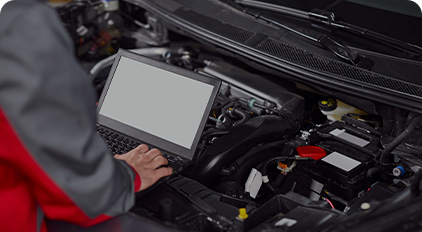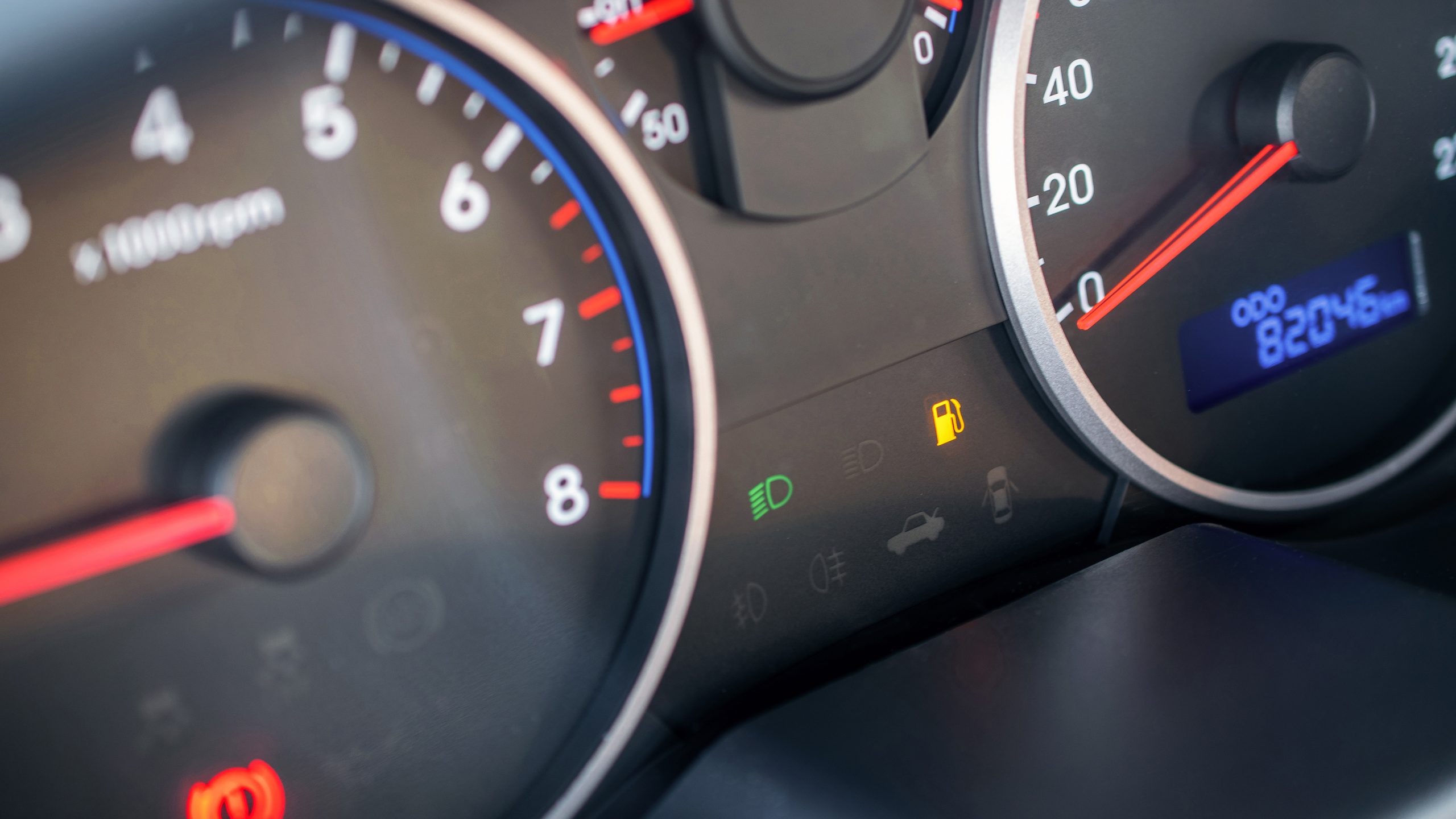What is OBD?
OBD stands for On-Board Diagnostics. It’s a standardized system in vehicles that monitors the performance of various engine components, emissions systems, and other critical systems. The primary purpose of OBD is to detect and report malfunctions that could affect the vehicle’s performance or emissions levels.
How does OBD work?
OBD systems use sensors throughout the vehicle to gather data about engine and emissions system performance. If the system detects a problem, it illuminates the “Check Engine” light on the dashboard and stores a trouble code in the vehicle’s computer memory. These trouble codes can then be retrieved using a diagnostic tool, such as an OBD scanner, to help identify the issue.
History of OBD
There have been several iterations of OBD systems over the years, with OBD-II being the most widely used standard today. OBD-II is mandatory for all gasoline-powered vehicles manufactured in the United States since 1996 and diesel-powered vehicles since 2004. It provides more comprehensive monitoring and diagnostic capabilities compared to earlier versions of OBD.
Why it matters
OBD systems are essential for vehicle diagnostics and maintenance, and a New York City Taxi & Limousine Commission (TLC) inspection requirement. This process allows technicians to quickly identify and address issues, ultimately improving vehicle performance, fuel efficiency, and emissions levels.



